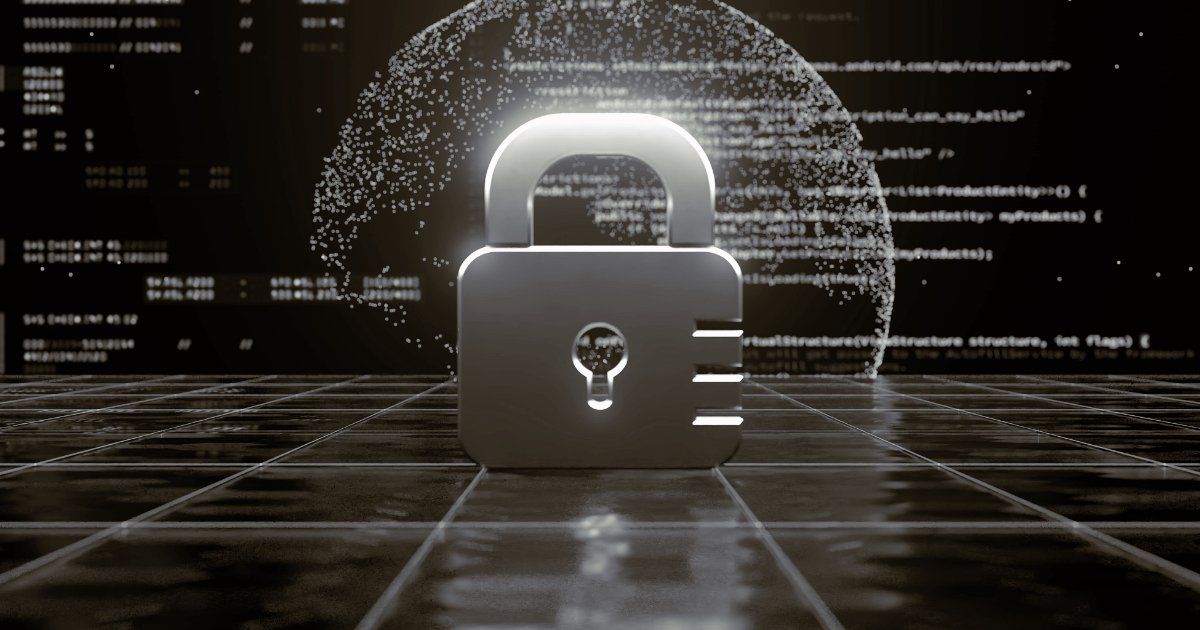Attacks using ransomware pose a severe risk to both people and businesses.With the rise in sophisticated malware and evolving cyber threats, it’s crucial to implement effective Ransomware Protection Strategies to safeguard your data. This comprehensive guide will walk you through essential practices to defend against ransomware and ensure your digital security.
Understanding Ransomware: The Basics
What is Ransomware?
Ransomware is a type of malicious software that encrypts your files or locks your operating system, demanding a ransom for their release. Once ransomware gains access to a file or system, it renders your data inaccessible until a payment is made to the attacker. This form of cyber extortion can cause significant disruptions, especially if it targets critical files or systems.
How Ransomware Spreads
Ransomware can infiltrate your system in various ways, including through insecure websites, email attachments, and software downloads. By exploiting vulnerabilities in your system, ransomware can rapidly spread across networks, affecting both individual users and entire organizations.
Assessing Vulnerabilities: Are You at Risk?
Identifying Potential Weaknesses
Several factors can increase your susceptibility to ransomware attacks. Devices that are outdated, running unpatched software, or lacking proper backup solutions are more likely to fall victim. Additionally, insufficient cybersecurity measures and a lack of a concrete security plan can leave you exposed to attacks.
Performing Vulnerability Scans
To mitigate these risks, conduct regular vulnerability scans. These scans identify weaknesses in your operating system and installed programs, enabling you to address potential entry points for malware. Utilizing security software that offers vulnerability scanning can help fortify your defenses against ransomware.
Essential Ransomware Protection Strategies
Avoiding Unsafe Links and Attachments
One of the simplest yet most effective strategies is to avoid clicking on unsafe links and attachments. Be cautious with emails, especially those from unknown sources. Do not open suspicious attachments or click on links in spam messages, as they may initiate malware downloads.
Keeping Software Up to Date
Regularly updating your software and operating system is crucial for protecting against ransomware. Security fixes that address known vulnerabilities are frequently included in updates.By ensuring that all programs are current, you make it more challenging for cybercriminals to exploit security weaknesses.
Utilizing Anti-Ransomware Software
The purpose of anti-ransomware software is to identify and stop ransomware threats.These tools offer real-time protection by scanning files and links for malicious content. Installing and regularly updating anti-ransomware solutions can significantly reduce your risk of infection.
Advanced Protection Techniques
Implementing Application Whitelisting
Application whitelisting is an advanced technique that only allows approved applications to run on your system. This method prevents unauthorized programs, including ransomware, from executing. By creating a list of trusted applications, you enhance your system’s defenses.
Employing Behavioral Analysis
Behavioral analysis involves monitoring the behavior of applications in real time to identify suspicious activities. Unlike traditional signature-based detection, this technique can catch ransomware by its actions, such as encrypting files. Implementing behavioral analysis can provide an additional layer of protection against emerging threats.
Regular Security Audits: Ensuring Ongoing Protection
Conducting Thorough Audits
Regular security audits are essential for maintaining effective ransomware protection strategies. Audits help evaluate the effectiveness of current security measures, identify vulnerabilities, and assess your incident response plan. By conducting these audits, you ensure that your defenses are up to date and capable of addressing new threats.
Updating Security Protocols
During an audit, focus on updating security protocols based on identified weaknesses. This includes enhancing backup processes, improving employee training, and ensuring software updates are applied. Regularly reviewing and adjusting your security measures can help you stay ahead of potential threats.
Data Encryption: Adding an Extra Layer of Security
Encrypting Sensitive Data
Data encryption is a key component of ransomware protection strategies. By encrypting sensitive data, you ensure that even if ransomware gains access to your files, the information remains unreadable without the decryption key. Implement encryption for both stored data and data in transit.
Managing Encryption Keys
Data security requires that encryption keys be managed properly.Store keys securely and limit access to authorized personnel only. Regularly review and update encryption practices to ensure they remain effective against evolving threats.
Cloud Security: Leveraging Secure Cloud Storage
Implementing Cloud Security Measures
Cloud storage offers convenience and scalability, but it’s important to implement robust security measures. Ensure that your cloud service provider employs strong security protocols, including encryption and access controls. Regularly back up cloud data and take advantage of features like versioning to restore previous file versions if needed.
Verifying Cloud Data Backups
Regularly verify that your cloud data backups are secure and accessible. This practice ensures that you can quickly restore data in the event of a ransomware attack. By maintaining secure and reliable backups, you enhance your resilience against ransomware threats.
Endpoint Protection: Securing Individual Devices
Protecting Endpoints with Security Solutions
Endpoint protection is a crucial aspect of ransomware protection strategies. Secure all devices connected to your network with up-to-date antivirus software, firewalls, and intrusion detection systems. Regularly monitor endpoint activity for any signs of unusual behavior and respond promptly to potential threats.
Configuring Endpoint Security
Ensure that endpoint protection software is configured correctly and receives regular updates. Apply the latest security patches to all devices and review security settings periodically. By maintaining strong endpoint security, you reduce the risk of ransomware spreading through your network.
Collaborating with Cybersecurity Experts
Seeking Professional Advice
Engaging with cybersecurity experts can provide valuable insights and recommendations for enhancing your ransomware protection strategies. These professionals can perform in-depth security assessments, offer guidance on best practices, and help implement advanced security solutions tailored to your needs.
Partnering with Cybersecurity Firms
Consider partnering with cybersecurity firms or consultants to strengthen your security posture. Their expertise can be instrumental in addressing complex security challenges and ensuring that your protection strategies are effective and up to date.
Legal and Regulatory Compliance
Adhering to Compliance Requirements
Meeting legal and regulatory requirements is a critical aspect of ransomware protection strategies. Ensure that your organization complies with relevant laws and industry standards to avoid legal penalties and maintain data integrity. Regularly review and update your compliance policies to reflect changes in regulations.
Implementing Data Protection Practices
Adhering to data protection practices not only helps prevent ransomware attacks but also demonstrates your commitment to safeguarding sensitive information. Implement strong data protection measures and stay informed about evolving legal requirements to ensure ongoing compliance.
Incident Recovery: Managing the Aftermath
Developing a Recovery Plan
A well-defined incident recovery plan is essential for managing the aftermath of a ransomware attack. Your plan should include steps for isolating affected systems, assessing damage, and restoring data from backups. Effective communication with stakeholders and involving law enforcement if necessary are also key components of recovery.
Reviewing and Improving Security Measures
After a ransomware incident, conduct a thorough review to identify lessons learned and improve your security measures. Adjust your protection strategies based on the findings to prevent future attacks and enhance your overall security posture.
Implementing robust Ransomware Protection Strategies is essential for safeguarding your data and maintaining digital security. By understanding the nature of ransomware, assessing vulnerabilities, and employing a combination of preventive and advanced measures, you can significantly reduce your risk of an attack. Regular updates, strong backups, and comprehensive protection strategies are key to staying ahead of evolving threats and ensuring resilience against ransomware.
Also visit on techitl.com.




